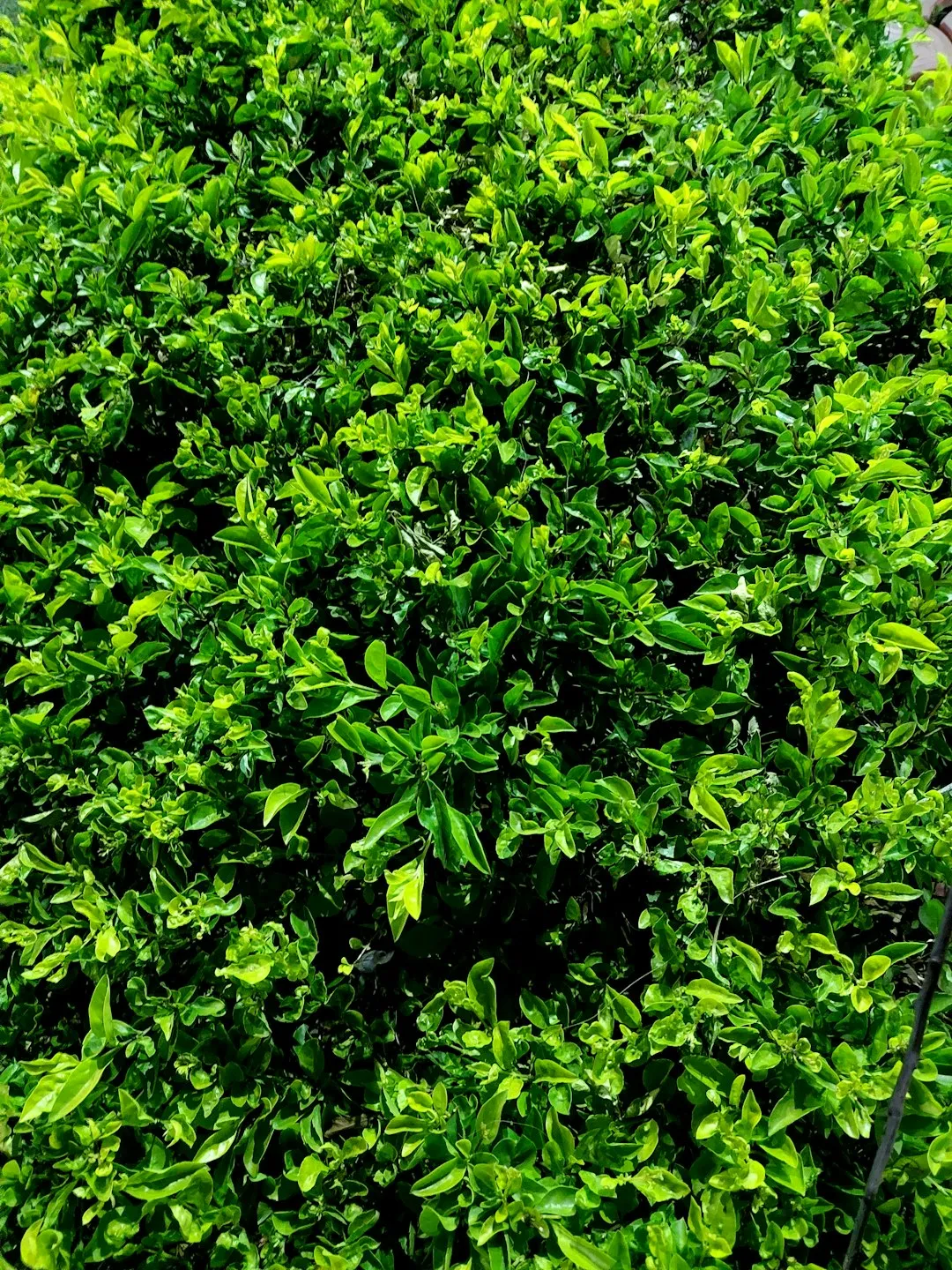Winter Survival Guide for Lemongrass in Your Edible Garden

Edible gardening has become a popular pastime for many, offering the joy of growing your own fresh produce. Among the many herbs that can be cultivated, lemongrass stands out for its unique flavor and versatility in the kitchen. However, keeping lemongrass thriving through the winter can be a challenge. In this article, we'll explore some essential tips to ensure your lemongrass makes it through the cold months.
Lemongrass, a tropical plant, is sensitive to cold temperatures. As winter approaches, it's crucial to take proactive steps to protect it. One of the first things you can do is to assess the health of your lemongrass plants. Look for any signs of disease or pests and address them promptly. A healthy plant is more likely to survive the winter stress.
If you're growing lemongrass in containers, this gives you an advantage. You can easily move the containers indoors before the first frost hits. Place them in a sunny spot, such as a south - facing window. Lemongrass requires at least six hours of sunlight per day to stay healthy. However, indoor conditions can be dry, so you'll need to pay attention to the humidity levels. You can use a humidifier or place a tray of water near the plants to increase the moisture in the air.
For lemongrass planted directly in the ground, you'll need to take a different approach. Before the cold weather arrives, you can mulch the base of the plants. A thick layer of mulch, such as straw or shredded leaves, can help insulate the roots and protect them from freezing temperatures. You can apply a layer that's about 4 - 6 inches thick around the base of the lemongrass.
Another important aspect is watering. During the winter, lemongrass doesn't need as much water as it does in the growing season. Over - watering can lead to root rot, especially in cold and damp conditions. Check the soil moisture regularly. Stick your finger about an inch into the soil. If it feels dry, it's time to water, but only give it a small amount. Watering in the morning is best, as it allows the plant to absorb the water before the temperatures drop at night.
Pruning is also a key part of winter care for lemongrass. Trim away any dead or damaged leaves. This not only improves the plant's appearance but also helps it focus its energy on the healthy parts. You can use sharp pruning shears to make clean cuts. Be careful not to over - prune, as lemongrass needs some foliage to carry out photosynthesis.
It's also a good idea to monitor the temperature. If there's a sudden cold snap, you can cover the lemongrass with a frost cloth or an old bedsheet. This extra layer of protection can prevent the plant from getting damaged by the cold. Make sure the covering reaches all the way to the ground to trap in the heat from the soil.
Finally, don't forget to fertilize sparingly. Lemongrass doesn't need a lot of nutrients during the winter. You can use a slow - release, balanced fertilizer at a reduced rate. This will provide the plant with just enough nutrition to stay alive without promoting excessive growth, which can be vulnerable to the cold.
By following these tips, you can increase the chances of your lemongrass surviving the winter and coming back strong in the spring. With a little care and attention, you'll be able to enjoy the fresh, citrusy flavor of lemongrass in your cooking year - round.